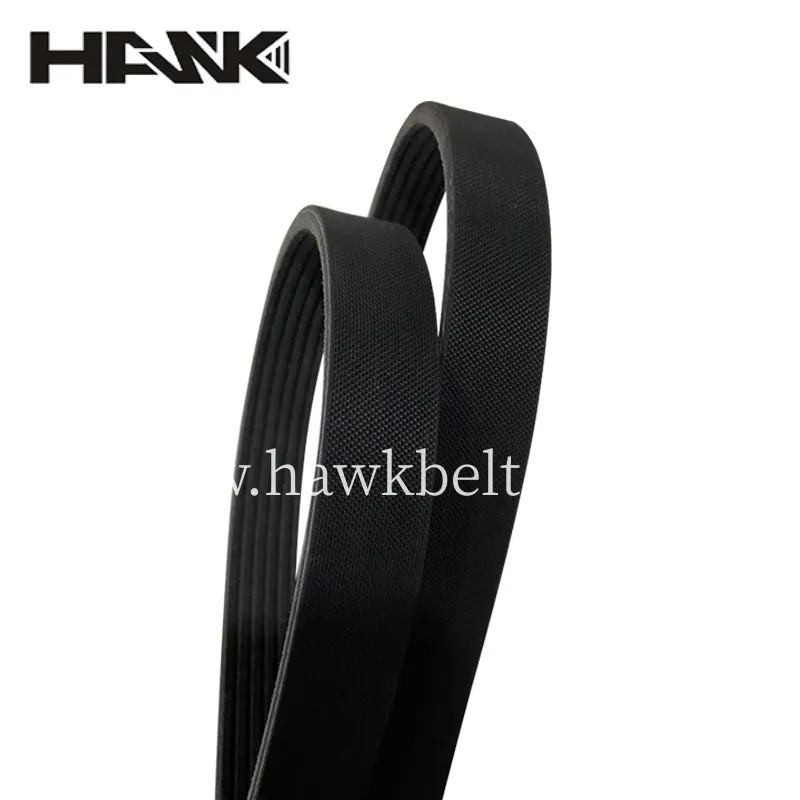- Arabic
- French
- Russian
- Spanish
- Portuguese
- Turkish
- Armenian
- English
- Albanian
- Amharic
- Azerbaijani
- Basque
- Belarusian
- Bengali
- Bosnian
- Bulgarian
- Catalan
- Cebuano
- Corsican
- Croatian
- Czech
- Danish
- Dutch
- Afrikaans
- Esperanto
- Estonian
- Finnish
- Frisian
- Galician
- Georgian
- German
- Greek
- Gujarati
- Haitian Creole
- hausa
- hawaiian
- Hebrew
- Hindi
- Miao
- Hungarian
- Icelandic
- igbo
- Indonesian
- irish
- Italian
- Japanese
- Javanese
- Kannada
- kazakh
- Khmer
- Rwandese
- Korean
- Kurdish
- Kyrgyz
- Lao
- Latin
- Latvian
- Lithuanian
- Luxembourgish
- Macedonian
- Malgashi
- Malay
- Malayalam
- Maltese
- Maori
- Marathi
- Mongolian
- Myanmar
- Nepali
- Norwegian
- Norwegian
- Occitan
- Pashto
- Persian
- Polish
- Punjabi
- Romanian
- Samoan
- Scottish Gaelic
- Serbian
- Sesotho
- Shona
- Sindhi
- Sinhala
- Slovak
- Slovenian
- Somali
- Sundanese
- Swahili
- Swedish
- Tagalog
- Tajik
- Tamil
- Tatar
- Telugu
- Thai
- Turkmen
- Ukrainian
- Urdu
- Uighur
- Uzbek
- Vietnamese
- Welsh
- Bantu
- Yiddish
- Yoruba
- Zulu
Nov . 01, 2024 13:40 Back to list
Understanding the Differences Between Timing Belts and Timing Chains in Engines
Timing Belt vs. Timing Chain Understanding the Key Differences
Timing Belt vs
. Timing Chain Understanding the Key DifferencesThe timing belt, typically made of rubber and reinforced with fibers, is designed to offer a lightweight and flexible solution for engine timing. One of the primary advantages of timing belts is their quiet operation. They generate less noise compared to chains, which can be a significant factor for manufacturers focused on creating vehicles with a more pleasant driving experience. However, timing belts have a limited lifespan. Most manufacturers recommend replacing them every 60,000 to 100,000 miles. Failure to replace a worn belt can lead to significant engine damage, as a broken belt can cause the pistons and valves to collide, resulting in costly repairs.
timing belt and timing chain

On the other hand, the timing chain is a more durable option, typically made of metal. While they are built to last, often exceeding 100,000 miles without needing replacement, chains can be prone to stretching over time. This stretching can lead to misalignment in the engine's timing, which can cause rough engine performance. Unlike belts, timing chains are usually lubricated by the engine oil, requiring minimal maintenance. However, if a timing chain does fail, it can cause catastrophic engine damage similar to that of a timing belt failure.
In terms of cost, timing belts are generally less expensive to replace than timing chains, but the frequency of replacement may add up over time. Vehicles equipped with timing belts may also require additional maintenance checks and replacements for associated components, such as water pumps or tensioners, which are often replaced simultaneously. Timing chains, while more costly to replace if they fail, typically require less frequent intervention, making them potentially more cost-effective in the long run.
In summary, the choice between a timing belt and a timing chain largely depends on the vehicle make and model, individual driving habits, and maintenance preferences. Timing belts offer a quieter operation, while timing chains provide long-term durability and reliability. Understanding the differences between the two can help drivers make informed choices about vehicle maintenance and adhere to the manufacturer’s recommendations to ensure optimal engine performance. Ultimately, regular inspections and proactive maintenance practices are key to keeping either timing component functioning effectively, thereby extending the life of the engine and ensuring a smooth driving experience.
-
Upgrade Power Steering Pump Belt for Smooth, Quiet Operation
NewsAug.27,2025
-
Precision Timing Belt & Chain: Engine Performance & Durability
NewsAug.26,2025
-
Precision Lathe Drive Belts: Durable & Reliable Performance
NewsAug.25,2025
-
84.5 Serpentine Belt: Durable & Precision Fit for Your Engine
NewsAug.24,2025
-
Premium Ribbed Drive Belts for Quiet Power Transmission
NewsAug.23,2025
-
High-Performance Vehicle Timing Belt for Engine Precision
NewsAug.22,2025

